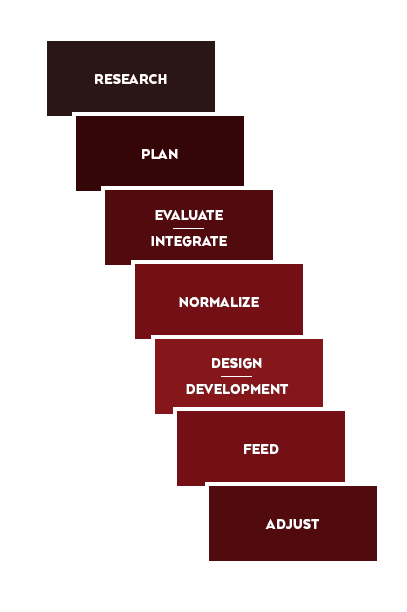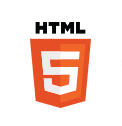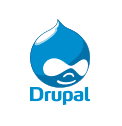TECHNOLOGY & DEVELOPMENT
We always look to select the best solution for a given project based on the project’s requirements, budget and resources.
We are platform-agnostic. We have extensive agency experience developing sites using various technologies and within a number of content management system (CMS) platforms.
Development
MANTIKI follows development practices that are in line with industry-accepted best practices while creating a competitive advantage by leveraging our best-of-breed strategic and creative practices within our agency process. We begin with a top-down approach in the evaluation of projects in our discovery and definition phases by looking at the following:
-
Product Life Cycle
-
Requirements
-
Architecture
-
Design
-
Scaffolding
We begin discovery at the top level by addressing the Product Life Cycle, thereby determining a high-level concept approach that dictates how development is approached. We follow this guiding principle by focusing on requirements, which cover what the product will do from a functional, organizational, and strategic perspective. Within this context, we are able to get into lower-level product elements within the confines of the scope of the prior criteria defined in our definition phase. We then dive into the Architecture (how the solution will be structured), the product design (the individual components of the solution), and the scaffolding (languages, frameworks, SDK’s, and API’s).
By the end of our definition phase, the natural order of our process provides us with logical solutions that are technically feasible paths to a successful product. We determine final technical solutions by measuring them against 6 measuring factors:
- TCO – Cost of ownership and mobile market progression
- DEPENDABILITY – Performance measure against the SDLC
- EFFICIENCY – Product design and scaffolding efficiency, inclusive of coding practices
- USABILITY – UI/UX against technical constraints/enablements
- SCALABILITY – Technological ability to handle capacity or be enlarged
- EXTENSIBILITY – Ability to handle extended functionality and the protection of the product maturation process





